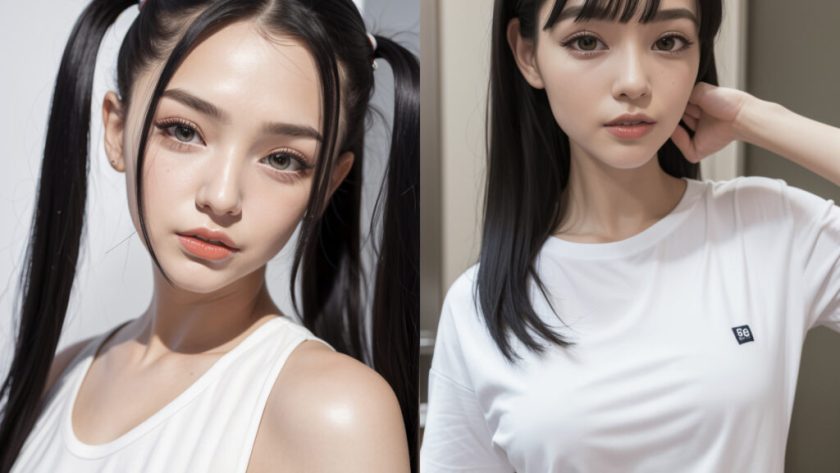In this post, we delve into the intricacies of the undress AI applications, exploring its origins, and implications.
The main characteristics of nudifying apps
In the realm where technology and creativity converge, a fascinating phenomenon has emerged – the AI nudifier. This innovative application of artificial intelligence (AI) algorithms has sparked both intrigue and controversy as it offers the ability to digitally remove clothing from images with startling realism.
Here are the main features and characteristics of such apps:
- Nude photo generator: Uses advanced deep-learning algorithms to create realistic nude and bikini images.
- Easy to use: Accesses artificial intelligence undressing features via an easy-to-use service.
- Fast and high quality results: Processes uploaded custom images, delivering high quality and realistic nude photos in seconds. Users can also decide on the type of image resolution, including standard quality, high quality and ultra-high quality.
Navigating ethical considerations with integrity
As with any form of art, deep nudity art raises important ethical considerations that must be navigated with care and integrity. Artists must prioritize consent, privacy, and respect for the individuals depicted in their work, ensuring that their creative expression upholds the dignity and rights of all involved.
In conclusion, Nudify is a profound exploration of the human condition, celebrating the beauty, complexity, and vulnerability of existence. Through its innovative use of digital technology and unwavering commitment to truth, artists unlock a world of authenticity, empathy, and self-discovery.
As we immerse ourselves in the captivating world of deep nudity art, let us embrace the transformative power of artistic expression to inspire positive change and illuminate the essence of humanity. By approaching their craft with mindfulness and empathy, artists uphold the ethical integrity of their work and contribute to a culture of respect and inclusivity.




